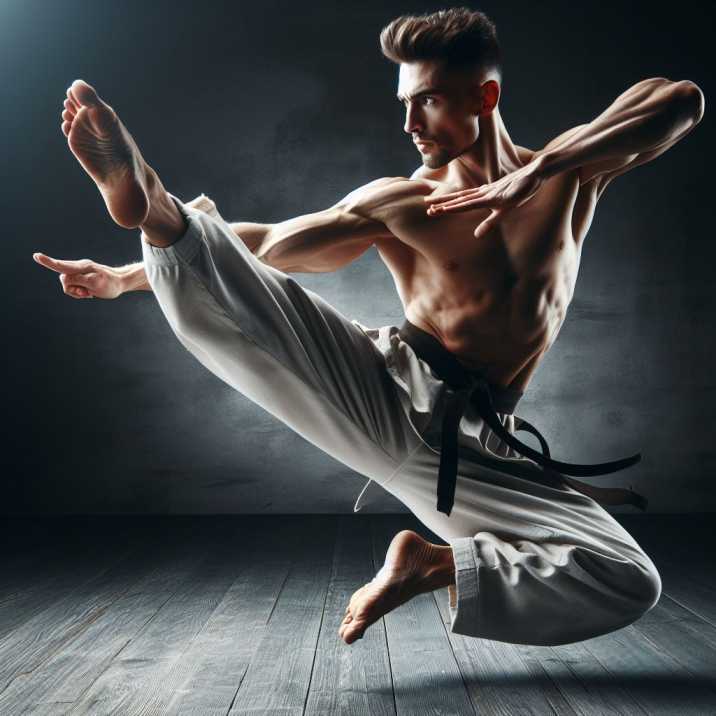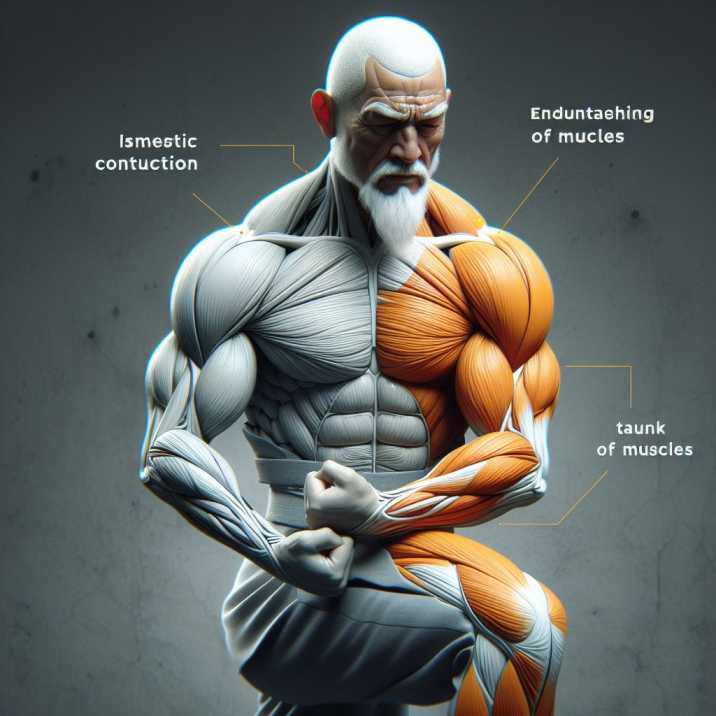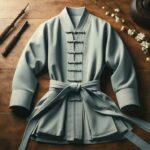Introduction:
Table of Contents
Kung Fu, the ancient Chinese martial art, is renowned not only for its combat techniques but also for its profound impact on physical and mental fitness. In this article, we delve into the intricate ways in which Kung Fu training builds strength and endurance, exploring seven key aspects that contribute to its effectiveness.

Kung Fu Training Builds Strength and Endurance
Dynamic Movements:
Kung Fu training is characterized by fluid and dynamic movements that engage multiple muscle groups simultaneously. These movements not only improve flexibility and coordination but also promote strength development across various muscle groups.
Isometric Holds:
Stances are a fundamental aspect of Kung Fu training, requiring practitioners to hold specific positions for extended periods. These isometric holds strengthen muscles and enhance endurance, particularly in the legs and core.

Core Strengthening:
The emphasis on core stability and strength in Kung Fu training is evident in the intricate balancing and rotational movements incorporated into various techniques. These exercises not only strengthen the core but also improve overall stability and posture.
Flexibility Enhancement:
Flexibility is crucial in Kung Fu, as it allows practitioners to execute techniques with precision and agility. Stretching routines in Kung Fu training enhance flexibility, reducing the risk of injury and enhancing overall performance.
Mental Focus:
Kung Fu training places a significant emphasis on mental focus and concentration. Practitioners learn to maintain a calm and focused mindset even in challenging situations, enhancing their ability to perform under pressure and improving mind-muscle connection.
Breath Control:
Proper breathing techniques are integral to Kung Fu training, as they help practitioners optimize oxygen intake and maintain energy levels during intense physical exertion. Learning to control the breath enhances stamina and endurance during training and combat.
Progressive Training:
Kung Fu training follows a progressive approach, where practitioners gradually increase the intensity and complexity of their workouts over time. This incremental progression ensures continuous improvement in strength, endurance, and overall fitness.
10 Ways Kung Fu Training Builds Strength and Endurance
| Aspect | Description |
|---|---|
| 1. Dynamic Movement | Kung Fu’s fluid movements engage multiple muscle groups, promoting strength and agility. |
| 2. Isometric Holds | Holding stances strengthens muscles and improves endurance, especially in the lower body. |
| 3. Core Strengthening | Balancing and rotational movements enhance core stability and strength. |
| 4. Flexibility | Stretching routines improve flexibility, reducing the risk of injury and enhancing performance. |
| 5. Balance | Precision and control in techniques develop balance and stability. |
| 6. Mental Focus | Concentration during training enhances mind-muscle connection, optimizing performance. |
| 7. Breath Control | Proper breathing techniques increase stamina and endurance during intense activities. |
| 8. Power Generation | Generating power from the core and lower body improves overall strength and impact. |
| 9. Endurance Drills | Cardiovascular workouts and endurance drills boost stamina for prolonged physical exertion. |
| 10. Progressive Training | Incremental challenges and gradual progression ensure continuous improvement in strength and endurance. |
Conclusion:
In Conclusion, Kung Fu training builds strength and endurance Kung, Fu training offers a holistic approach to physical fitness, combining dynamic movements, isometric holds, core strengthening exercises, flexibility enhancement, mental focus, breath control, and progressive training methods. By incorporating these elements into their training regimen, practitioners can unlock their full potential, building strength, endurance, and resilience both in body and mind.
Frequently Asked Questions (FAQs)
1. Is Kung Fu training suitable for beginners?
- Absolutely! Kung Fu schools often cater to students of all levels, providing personalized guidance and gradual progression.
2. How long does it take to see results in strength and endurance?
- Results vary depending on individual dedication and consistency. Significant improvements can be observed within a few months of regular training.
3. Can Kung Fu training help with weight loss?
- Yes, Kung Fu training burns calories, builds muscle, and improves metabolism, contributing to weight loss when combined with a balanced diet.
4. Are there different styles of Kung Fu that focus on specific aspects of fitness?
- Yes, various Kung Fu styles emphasize different aspects such as speed, power, flexibility, or internal energy cultivation.
5. Can Kung Fu training be practiced at home, or is it necessary to join a school?
- While some basic exercises can be practiced at home, joining a reputable Kung Fu school ensures proper technique, progression, and guidance from experienced instructors.


